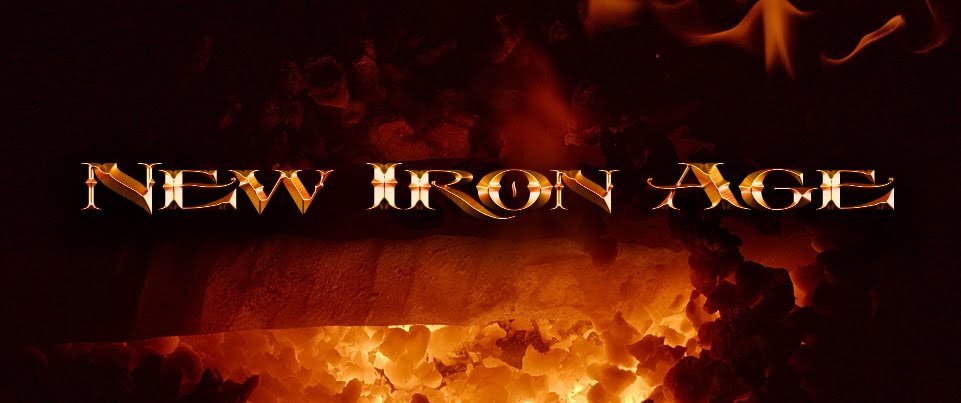Looking
for things to binge on while cooped up in quarantine, you could do
far worse than this strange, involving, and sometimes brilliant show.
Produced as a joint venture between Sky and Amazon Prime, the first
season is up for streaming on Prime, and the second season will
hopefully be available soon. They obviously spent a lot of money on
the production, and it stars a lot of faces that will be highly
familiar to those accustomed to British film and TV.
Set
in 43 AD, the show depicts the invasion of Britain by the Roman
Empire. This is a highly mythologized version of events, because the
show portrays the Britons and Romans as almost completely ignorant of
each other, when they had been well-known to one another for almost a
century by this point, and in fact several kingdoms in southern
Britain were more or less Roman client states. But a whole new world
is more dramatic and exciting, and so there is a reference to
Caesar’s invasions in 55-54 BCE and that’s it.
In
firm keeping with the tradition of writers like Howard and Talbot
Mundy, the Romans are entirely the villains here, with David
Morrissey giving a wonderfully smirking, arrogant performance as
General Aulus Plautius. The Romans invade in the night, burn down
villages and kill anyone who resists, taking everyone else as
prisoners and slaves. They come in as motiveless conquerors and
killers, and really, to the people they invaded, they would not look
like anything else.
The
invasion immediately sends the already fractious Briton politics into
a frenzy. The land is chiefly divided between the Cantii and the
Regni, with Ian McDiarmid as King Pellinore of the Cantii and the
fabulous Zoe Wanamaker as Queen Antedia of the Regni. They are
already at each others’ throats because years previously
Pellinore’s daughter was married to Antedia’s son, and she
castrated him on their wedding night. Ouch.
So
everybody hates everybody else, and then the Roman invasion throws
gas on the fire. Kelly Reilly is fantastic as the pale-eyed rogue
princess Kerra, with her thick mane of red and her predatory stare.
McDiarmid plays her father Pellinore as a pious man who earnestly
wants peace in the face of intransigent enemies, and the events that
follow are thick with betrayal, murder, battle, and backstabbing of a
dozen kinds.
An
interesting element here is the depiction of the druids. We know
very little of the druidic order now, and the show takes advantage of
this by inventing freely. Mackenzie Crook – best known as the
goofy, wooden-eyed pirate Ragetti in Pirates of the Caribbean
– is chilling and unnerving as the Archdruid Veran, a man said to
be hundreds of years old, and who wields unseen and frightening
powers. The show actually shows the druids as a religious power who
control people through their faith, rather than simply some kind of
weird cult. Even though magic in the show is often paired with drugs
and altered states of mind, there is definitely more going on than
that.
But
the show goes out of its way to keep there from being clear-cut
heroes and villains. Most of the bad guys have reasons to be the way
they are, and more layers than simple cutouts. The druids seem
malevolent, but then Veran seems to have reasons for what he does,
and a lot of times, he seems to be right. It convincingly gives the
impression that he is involved in some long game he won’t explain.
A lot of the characters, even ones you sympathize with, are at
cross-purposes, and when they come face to face you are not sure who
you want to prevail.
The
fight choreography could be better here, and there could be more of
it. Overall the show is well-directed and well-acted. It looks
great and the costuming is especially beautiful. There’s just nine
episodes in the first season, but that was enough to have me looking
forward to the second. If you are trapped, sheltering-in-place like
I am, and you have access to Prime, then this is certainly a show to
check out.





